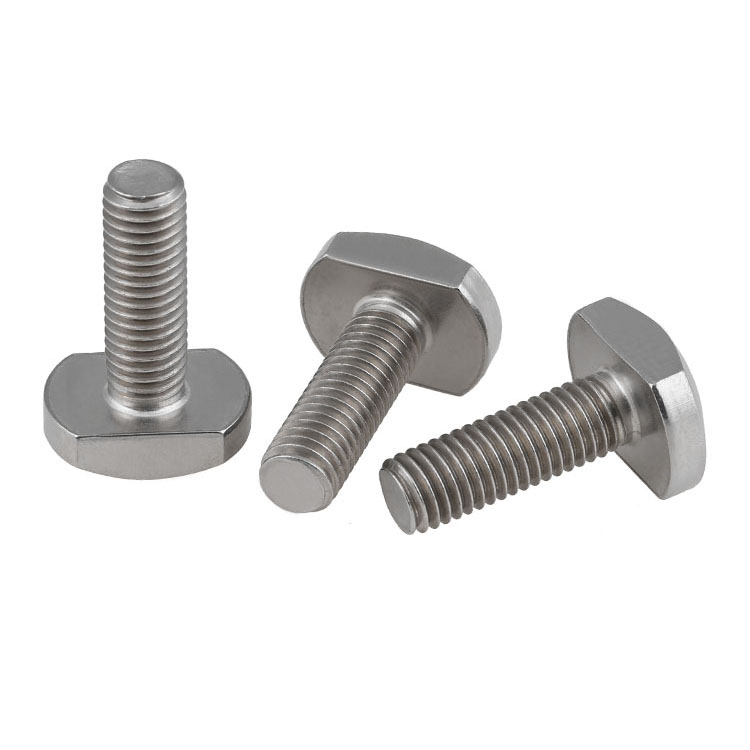In the current state of the building materials industry, e-commerce is no longer a question of whether it can be adopted, but rather how to effectively implement it. Taking the ceramic industry as an example, although some manufacturers have launched e-commerce initiatives, none have yet established a successful and scalable model. On the Other hand, terminal distributors often resist e-commerce, viewing it as a potential threat that could disrupt their market share.
Even though the "Double 11" shopping festival saw strong performance this year in the hardware and bathroom industries, underlying issues remain. Inadequate warehouse and logistics systems, dissatisfaction among sales agents due to increased orders, and resistance from physical retail stores all highlight the immaturity of current e-commerce operations. Additionally, the inherent differences between ceramic tiles and sanitary ware further limit the scalability of business models.
For the e-commerce strategy of Jian Tao, the key premise is ensuring that there is no conflict with the interests of existing agents. Ideally, the model should leverage the strength of the terminal distribution network.
The O2O model—where customers order online and pick up in-store—is particularly well-suited for building materials like ceramics. However, if manufacturers continue to dominate this space, they may fail to capture real-time market insights, leading to unnecessarily long sales channels. This could also create distrust among agents, who are sensitive to any changes in market dynamics. With high operational costs such as rent and store decoration, agents are reluctant to allow new players to enter their territory, making them resistant to change.
Meanwhile, the rise of large-scale building materials groups cannot be ignored. These entities not only have the financial power to influence manufacturer strategies but also the ability to control certain channels. Their goal is to build a strong brand image, while leveraging the "factory price" advantage—offering prices closer to those of direct factory sales—to expand their market reach.
These building material giants have become powerful hidden forces in the industry. The low visibility of ceramic products and the lack of maturity in upstream branding within the supply chain have created a unique opportunity for these terminal groups. For local consumers, companies like Huanai and Dongjian are more recognizable than many ceramic or bathroom brands. Their influence on the retail market and the services they offer are now undeniable factors.
Therefore, an O2O model led by terminal agents, with support from manufacturers, could be a viable solution. E-commerce has become a dominant channel, and those who don’t adopt it risk being left behind. Being the first to explore and adapt can bring significant competitive advantages.
By decentralizing power, manufacturers can focus on product development, brand building, and market positioning, while leaving the channel operations to the agents. This division of labor reduces the burden on both sides and helps avoid suspicion or resistance from agents. At the same time, it allows manufacturers to deepen their brand influence and gain more strategic control.
O2O models led by agents do not mean that manufacturers relinquish all control. Instead, they should invest more in understanding e-commerce operations, mastering group buying and promotional techniques, and integrating digital culture into their channel strategies. Manufacturers should also encourage agents to experiment with new channels, provide necessary support, and share their own experiences to strengthen marketing and cultural influence at the grassroots level, ensuring that the terminal network remains aligned with overall goals.
Moreover, the big data generated through e-commerce operations offers additional value. When used effectively, it can help manufacturers better understand consumer needs, enabling more informed decisions in product design and production.
Ultimately, the retail sector will see greater liberalization, allowing manufacturers to focus on high-level projects such as hotel developments and real estate contracts.
Product categories of T Bolts, we are specialized manufacturers from China, T Bolts,T Head Bolt Fastenal,Hammer Head T Bolt Manufacturer factory, wholesale high-quality products of T Bolt R & D and manufacturing, we have the perfect after-sales service and technical support. Look forward to your cooperation!
T Bolts,T Head Bolt Fastenal,Hammer Head T Bolt ,T-Head Bolt
Kunshan Zhonggu Precision Hardware Co., Ltd. , https://www.zgfastener.com